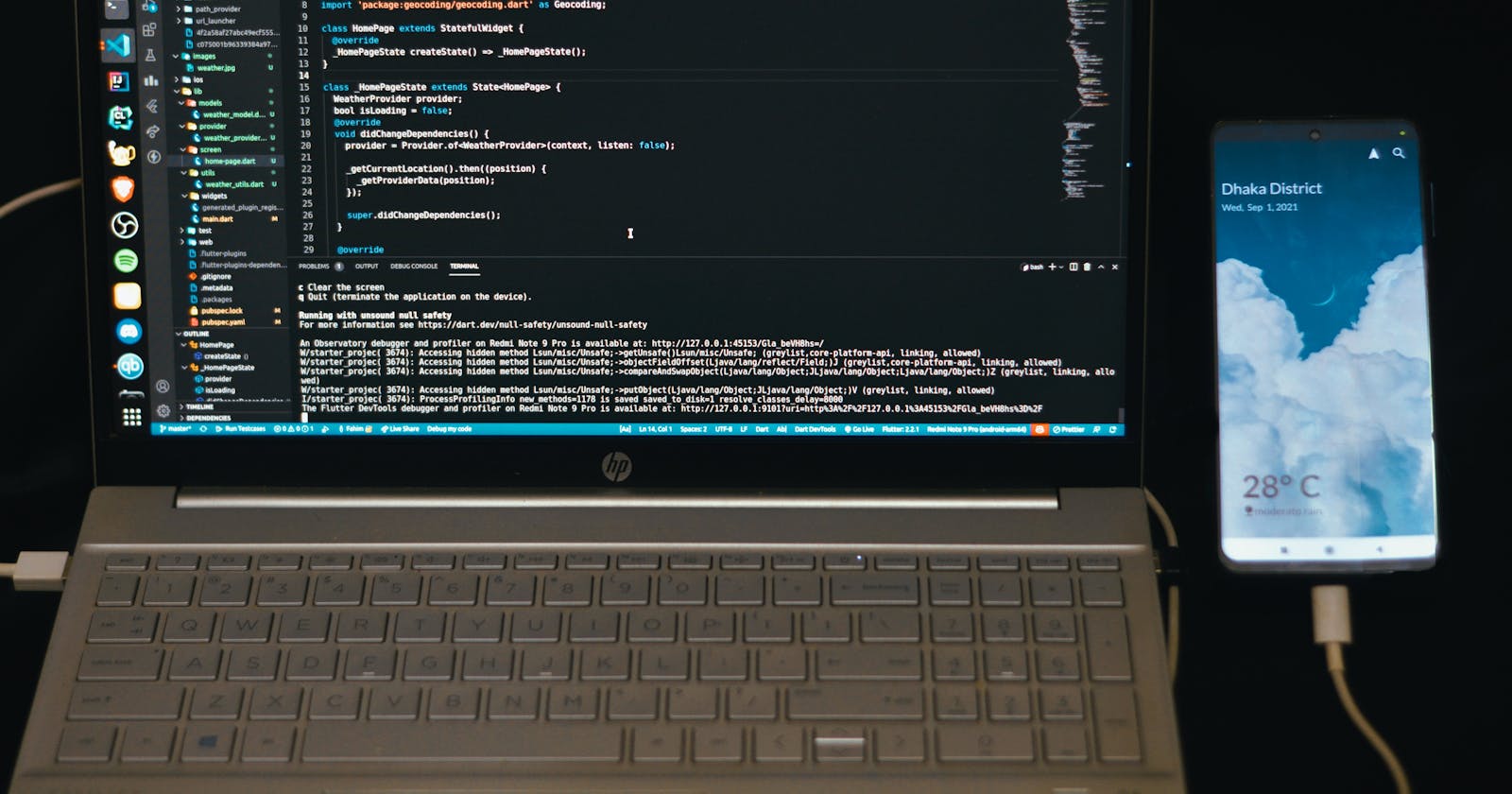Building quality APIs is essential to facilitating equally quality software. Think about it like this. If a waiter in a restaurant has terrible habits, then the restaurant’s overall quality will be affected. We don’t want that, right? This article will look at some tips and best practices you should remember when building and consuming APIs.
Tips to Remember When Building APIs
Is the API easily readable?
An API should be easy to read as this will make it easy to understand as well. Readability includes api definitions and response messages. Writing readable code also applies to software development as this will make it easier for further development and collaboration with other developers. Use readable response messages that include both error and success messages clearly stated out using standard error codes to give more understanding to the API users.
Is the API easy to use?
When building an API, you should try to make it as easy to use as possible. Implementing a good design structure and a straightforward process in your API will simplify its use by other developers. For example, giving descriptive names to your API endpoints relating to their services will provide the users with a good start in understanding them.
Is the API complete?
An incomplete API can make things complicated for the users. Users may not be able to build full-fledged applications. Achieving this can take some time, depending on the size of the application. However, making your API open source and giving it good collaboration support with tools like Github will allow it to get to completion faster.
Does the API have good documentation?
Documentation is essential to API development. It gives the users a firmer understanding of the API endpoints along with their functions, the API data types and its overall workflow.
Did you run tests on your API
Writing tests can not be overemphasised as it is also essential to building quality software. It helps solve security issues, resolve errors in the codebase and test API workflow.
Rate Limiting
Implementing rate limiting on your API is essential in managing resources. This forces developers to take a more optimised approach to use your APIs. You can also build paid version of your API by increasing rate limits for paid customers.
Tips to Remember when Consuming APIs
Understand API purpose
Understanding the purpose of the API can help you get a good idea of the kind of data the API collects as input and the kind of data it gives out. There are different formats of data used with APIs. Some examples are JSON, YAML, e.t.c.
Understand API workflow
Workflow concerns how an API collects data input, handle it and converts it to information. Knowing the workflow of the API also gives you a better view of what the endpoints are and the various functions to expect. For example, an appointment scheduling API will collect data from the user, which it will use to create an appointment, then add a date which it will use to remind the user when the appointment is due. When the user finishes a meeting, the API will delete it from the database. The endpoints expected from this workflow are a collect_appointment endpoint that will collect the data from the user then store it in the database, a reminder endpoint and a `delete_appointment endpoint.
Rate Limiting
Some developers implement rate limits on their APIs. This puts a cap on the number of requests or size of data you can send to or receive from the API. Optimising your use and scheduling requests is an excellent way to handle rate limits on APIs.
Conclusion
This article showed you some tips and best practices to remember when building or consuming an API. I hope you enjoyed it. Happy coding !!
